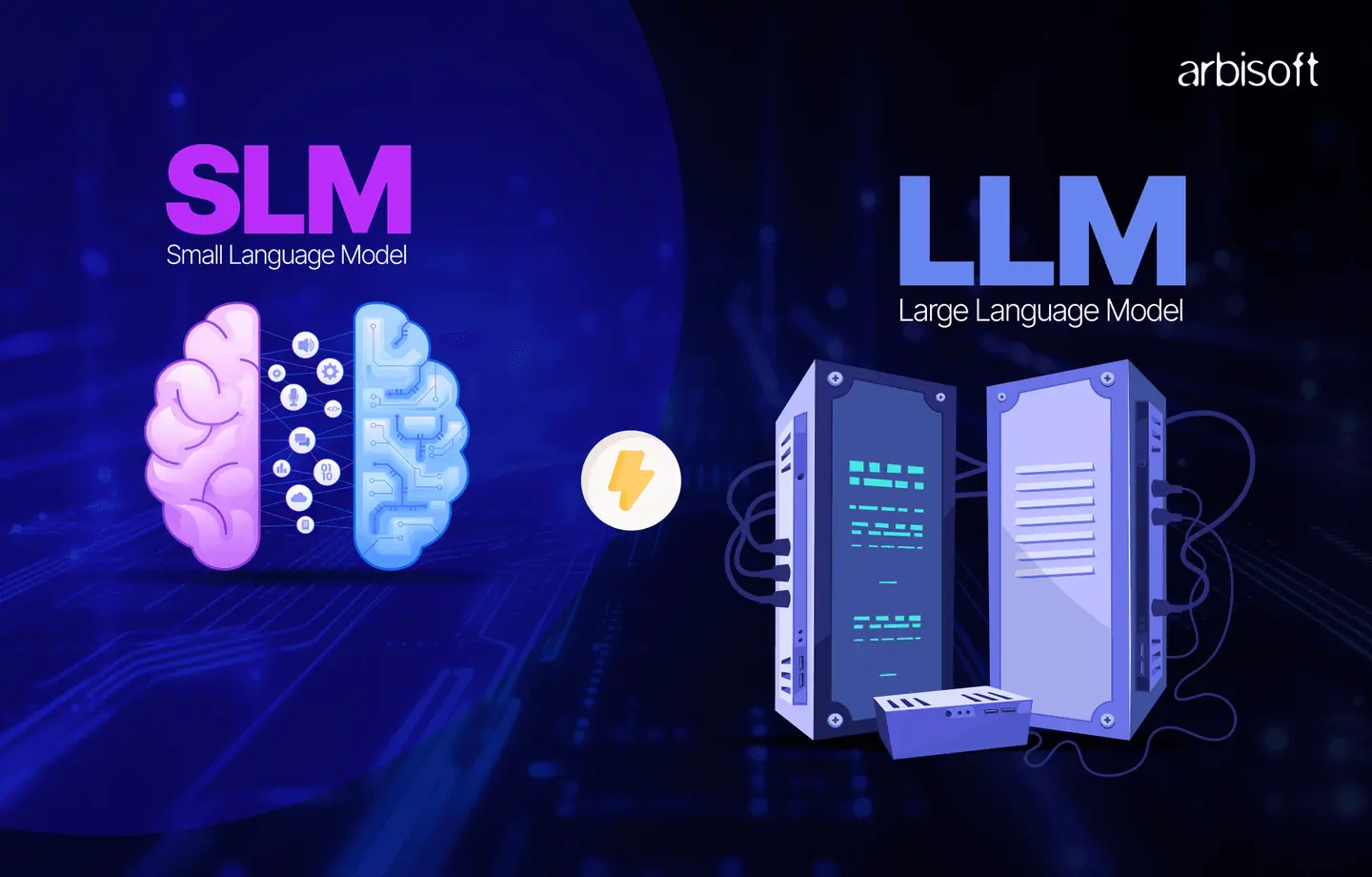Efficiency Through Small Models

WebCoder

1. What is a Small Language Model (SLM)?
A Small Language Model (SLM) is a compact and efficient AI system designed to understand and generate human-like text. Unlike large models that need powerful servers, SLMs can run directly on regular devices like smartphones, laptops, and embedded systems.

2. How SLMs Achieve High Performance
SLMs maintain strong performance using several techniques:
-
Focused Training Data: Trained on smaller, high-quality datasets for better accuracy in specific domains.
-
Knowledge Distillation: A smaller “student” model learns from a large “teacher” model to retain core capabilities.
-
Efficient Architecture: Modern designs activate only necessary parts of the model, improving speed and performance.
-
Fine-Tuning: Specialized training on domain-specific data such as healthcare or legal content.
3. Common Uses and Applications
-
Customer Support: Chatbots that answer questions and schedule appointments.
-
Text Analysis: Sentiment detection, content moderation, and feedback categorization.
-
Language Translation: Real-time, offline translation on mobile devices.
-
Healthcare: Summarizing notes and managing basic patient support.
-
IoT and Edge AI: Powering smart devices and automation without cloud dependency.
4. LLMs vs SLMs: Comparison

| Aspect | Large Language Models (LLMs) | Small Language Models (SLMs) |
|---|---|---|
| Parameter Count | Billions to trillions | Millions to a few billion |
| Architecture | Deep and complex | Simple and efficient |
| Training Data | Massive, general data | Smaller, curated data |
| Resource Needs | Requires cloud or GPUs | Runs on regular devices |
| Performance | Great for complex tasks | Best for specific domains |
| Speed | Slower responses | Instant, low-latency |
| Cost | Expensive | Affordable |
| Flexibility | Very adaptable | Limited to trained areas |
| Data Privacy | Cloud-based | Can run fully on-device |
| Customization | Hard to fine-tune | Easy and quick to adapt |
| Energy Use | High | Low and eco-friendly |
5. Key Benefits of SLMs
- Cost-Effective: Inexpensive to build and maintain.
- Fast: Delivers instant responses for real-time tasks.
- Private: Keeps data secure through local processing.
- Energy Efficient: Uses less power and supports sustainable AI.
- Customizable: Easy to adapt for specific industries or needs.
- Accessible: Makes AI available to smaller teams and organizations.
- Reliable: Works well even without internet access.
6. Limitations and Challenges
- Narrow expertise outside trained domains.
- Weaker in complex reasoning or multi-step logic.
- Limited general knowledge and creativity.
- Can reflect biases from training data.
- Not suitable for highly diverse or unpredictable tasks.
7. When to Choose an SLM
Choose an SLM when:
- You have a specific, well-defined task.
- Speed and low latency are critical.
- Privacy and on-device use are important.
- Budget and hardware are limited.
- You need offline or low-connectivity operation.
